How Europe has weaned itself off Russian gas in the last three years
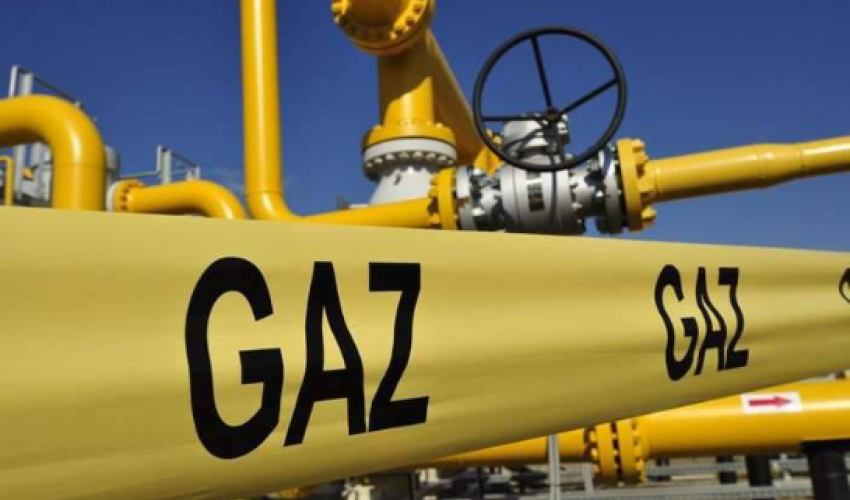
In 2021, Eastern European countries imported almost half of their gas from Russia. Only two countries in the region – Albania and Kosovo – were wholly independent of Russian gas.
In 2024, five additional countries went without importing any Russian gas (six if Transnistria is excluded from Moldova’s import data). Russia went from supplying an average of 80% of each Eastern European country’s gas to 37.6% in that period.
paper“By early 2025, most Eastern European countries had drastically reduced or entirely ended their reliance on Russian natural gas,” Maximilian Hess, the founder of the political risk consultancy Enmetena Advisory and a fellow at the Foreign Policy Research Institute, said in afor Carnegie Endowment for International Peace. “Only Hungary, Serbia and Slovakia continue to import limited volumes via Turkey and the BalkanStream network.”
Diversification was achieved through increased LNG capacity, Norwegian and Azerbaijani supplies and expanded regional interconnectors.
“It is a remarkable transformation that in 2022 many thought impossible. It has happened in part thanks to the EU being able to source gas from other exporters, but mainly because of the development of European liquefied natural gas (LNG) import capacity in the region and its neighbours, in particular Turkey,” Hess adds.
Hess went on to make a country-by-country breakdown of natural gas and energy supplies in Eastern Europe, with a focus on dependence on Russia and recent efforts at diversification:
Albania and Kosovo
Austria
Bosnia and Herzegovina
Bulgaria
Croatia
Czech Republic
Estonia, Latvia, Lithuania (Baltics)
Finland
Hungary
Moldova
North Macedonia
Poland
Romania
Serbia
Slovakia
Slovenia
Ukraine
N.Tebrizli
Latest news 
More news 
























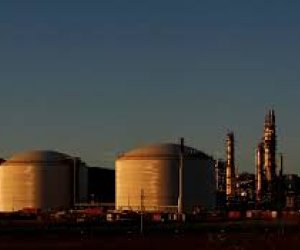
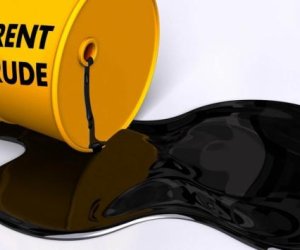
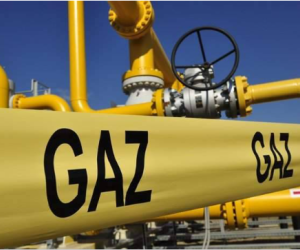

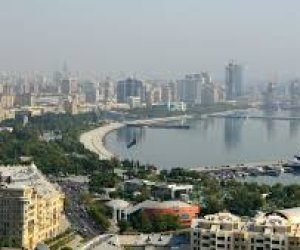

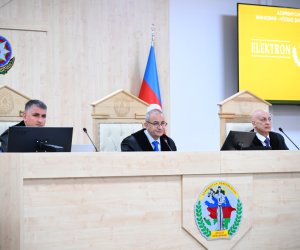
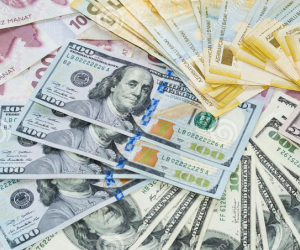



 Photo
Photo 


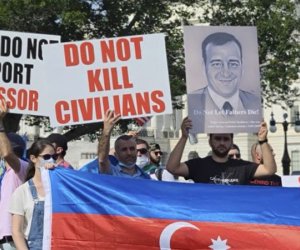
 Video
Video 

